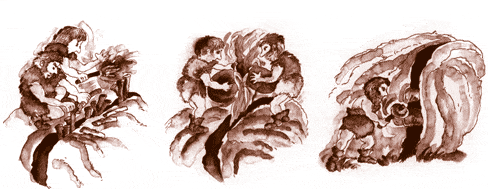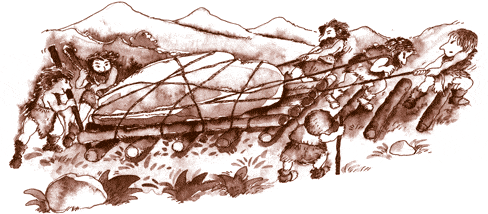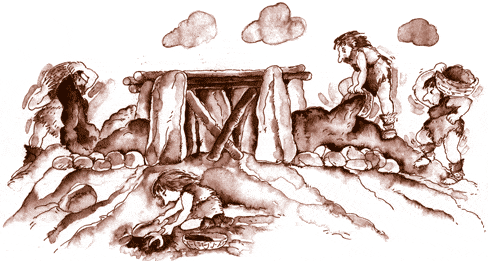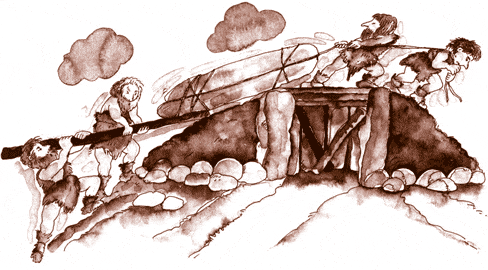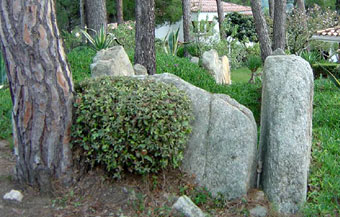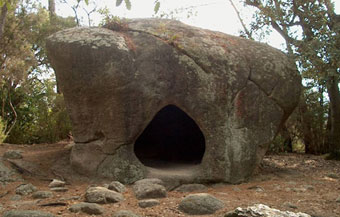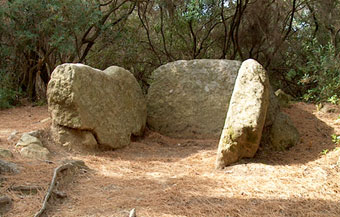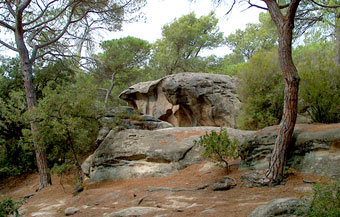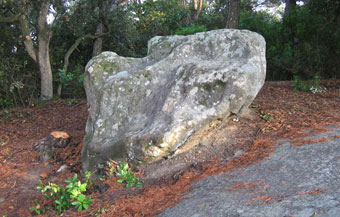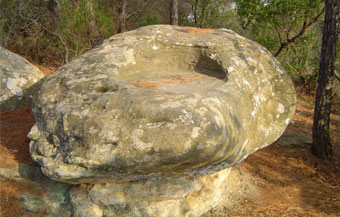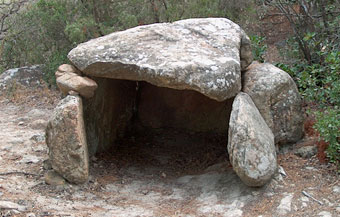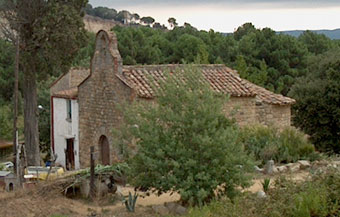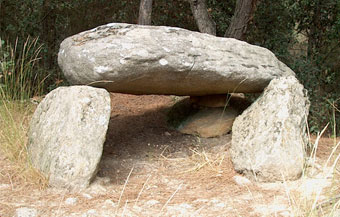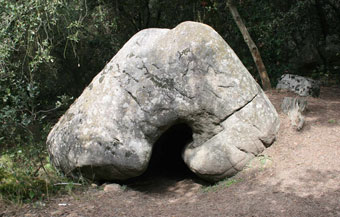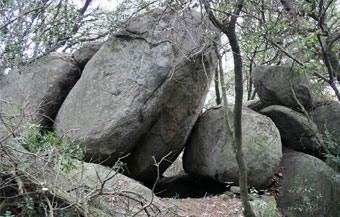Prehistoric La Roca
The landscapes of La Roca have traces of millennia of human occupation evidenced through the numerous documented archaeological sites. Highlights include those that are grouped under the name “La Roca Prehistoric Trail”, located within the boundaries of the Parc de la Serralada Litoral (Coastal Range Park), between the municipalities of La Roca del Vallès and Òrrius. Following the ancient path that connected Vallès Oriental to Maresme, which passes by the Hermitage of Sant Bartomeu de Cabanyes and due to the proximity of the Iberian settlement of Céllecs, there are several sites: the Dolmen of Can Gol I, the Dolmen of Can Gol II, la Pedra Foradada (the Hole Stone, an artificial cave), la Pedra de les Orenetes (the Stone of Swallows, a shelter with cave paintings), la Pedra de les Creus (the Stone of Crosses, a rock with stone carvings), el Plat del Molí (the Mill Plate), the Dolmen of Céllecs. On this first trail, we have to add a second section that is located in the north-eastern part of the municipality, around the farm of Can Planes, in particular, the Dolmen of Can Planes, la Pedra de l’Escorpí (the Scorpion Stone) and la Pedra Foradada de Can Planes (the Hole Stone of Can Planes, artificial cave).


